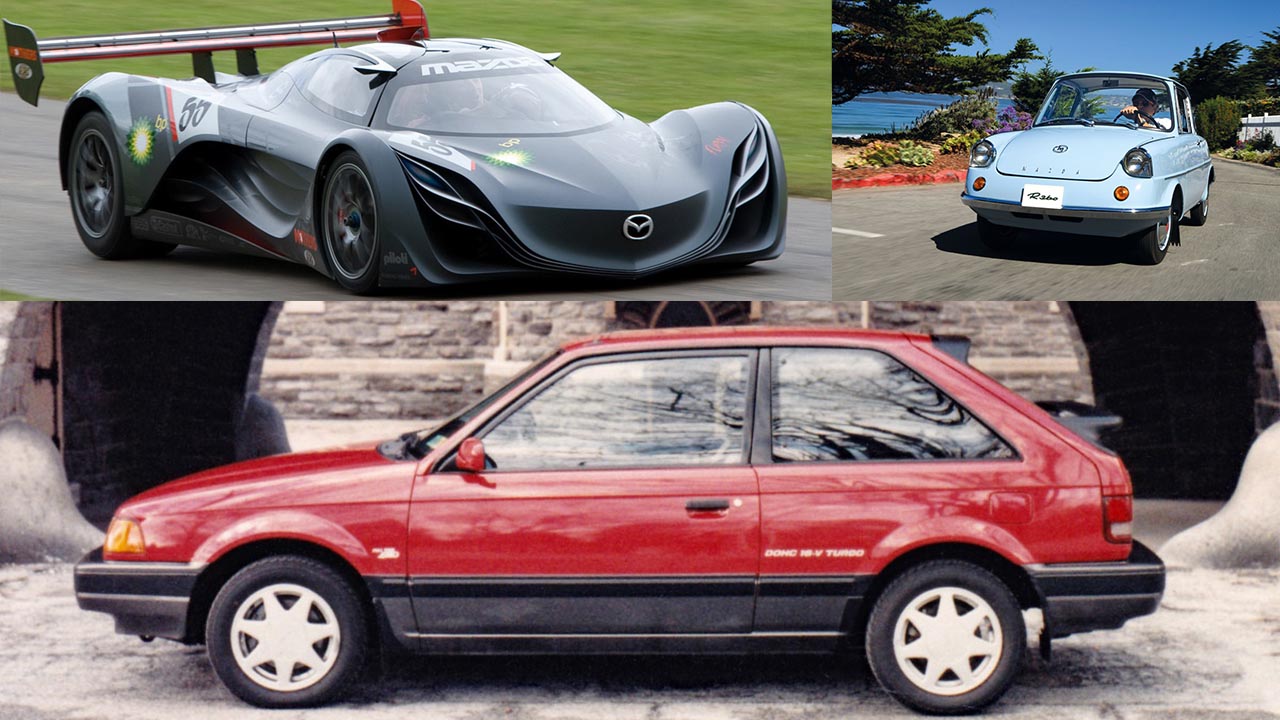Mazda is widely recognized today as a car manufacturer, but its origins trace back to producing three-wheeled trucks, which the company began manufacturing in 1931. It wasn’t until 1960 that Mazda introduced its first passenger vehicle.
The company quickly gained momentum and made its entry into the United States market in 1964. In 1967, Mazda introduced a Wankel rotary engine in a production vehicle for the first time—a move that played a crucial role in the company’s commercial success over the next several decades.
Although the rotary engine became a defining feature of the brand, it wasn’t Mazda’s only significant achievement. In 1989, the company introduced the MX-5 Miata, a car that would go on to surpass one million units in global sales, earning it a place among the best-selling sports cars in history.
Throughout the 1990s and 2000s, Mazda continued to advance its lineup of passenger vehicles, incorporating innovative technology while maintaining a focus on affordability.
These developments have paved the way for the upcoming launch of the MX-30—an all-new electric crossover that marks a bold new direction for the brand. As Mazda begins the transition to an entirely electric lineup, it’s an ideal moment to reflect on some of the brand’s most iconic vehicles.
Mazda Cosmo Sport
The Cosmo Sport holds a special place in Mazda’s history—not only was it the brand’s first car to feature a rotary engine, but it was also the first mass-produced sports car to do so.
Development on the vehicle started back in 1961, but according to Mazda, the process was fraught with challenges and delays. After six years of development, production finally began in 1967.
The lengthy development period clearly paid off, as the Cosmo Sport was a commercial success right out of the gate, with Mazda producing around 30 units per month at the time, according to the company.
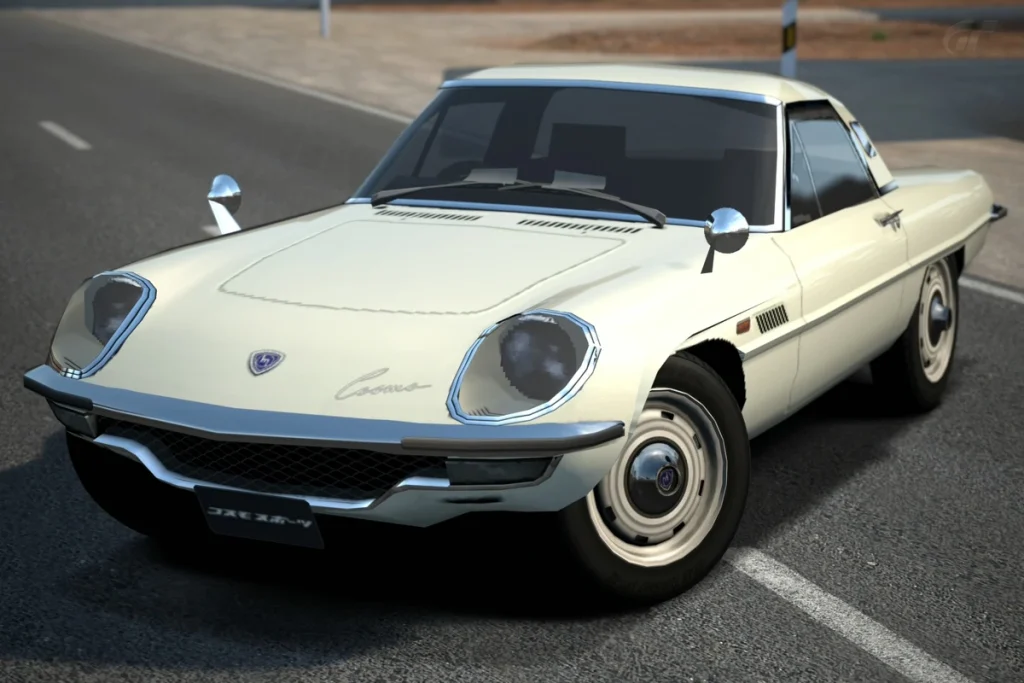
While Mazda became renowned for its rotary engine, the technology wasn’t originally developed by the company itself—it was licensed from the German automaker NSU.
Just two years later, NSU merged with Auto Union to form what is now known as Audi, and the newly formed entity shifted its focus away from the rotary engine. That left Mazda to take the lead on further development.
The Cosmo Sport would go on to become a defining moment in Mazda’s legacy, and today, these cars are considered highly collectible. Pristine examples can now fetch price tags well into the six-figure range.
Mazda RX-3
Although the rotary engine first appeared in the Cosmo Sport, it wasn’t until the introduction of the RX-3—also known as the Savanna—that the technology found true mass-market success. In just the first month after its launch, Mazda sold 5,406 units of the RX-3, an impressive figure for any Japanese automaker at the time.
That momentum carried on throughout the vehicle’s production run, with strong sales in both the domestic Japanese market and internationally in places like the United States and the United Kingdom.

Beyond its commercial popularity, the RX-3 also proved itself on the racetrack. According to Mazda, it managed to dethrone the Nissan Skyline GT-R in the Japanese touring car championship, defeating it in 1972 and breaking what had been a dominant winning streak for Nissan.
By 1976, Mazda claims the RX-3 had achieved over 100 race wins in domestic championships, making it the most successful single car model in racing at that time.
Its achievements weren’t limited to Japan either, as the RX-3 also secured several high-profile victories in Australian touring car competitions during the mid-1970s.
Mazda MX-5 Miata (ND)
The latest iteration of Mazda’s best-selling sports car, the ND generation of the MX-5 Miata, was launched in 2016. Upon release, it was described as “quite a serious little sports car,” noting its sharper and more athletic dynamics compared to previous generations.
With acclaim like that, it’s no surprise the car has remained popular—last year alone, more than 10,400 units were sold in the United States.
A major contributor to the Miata’s ongoing success is its accessible starting price. The 2022 model begins at approximately $28,000, a figure that makes it difficult to find a better option in the sports car segment.
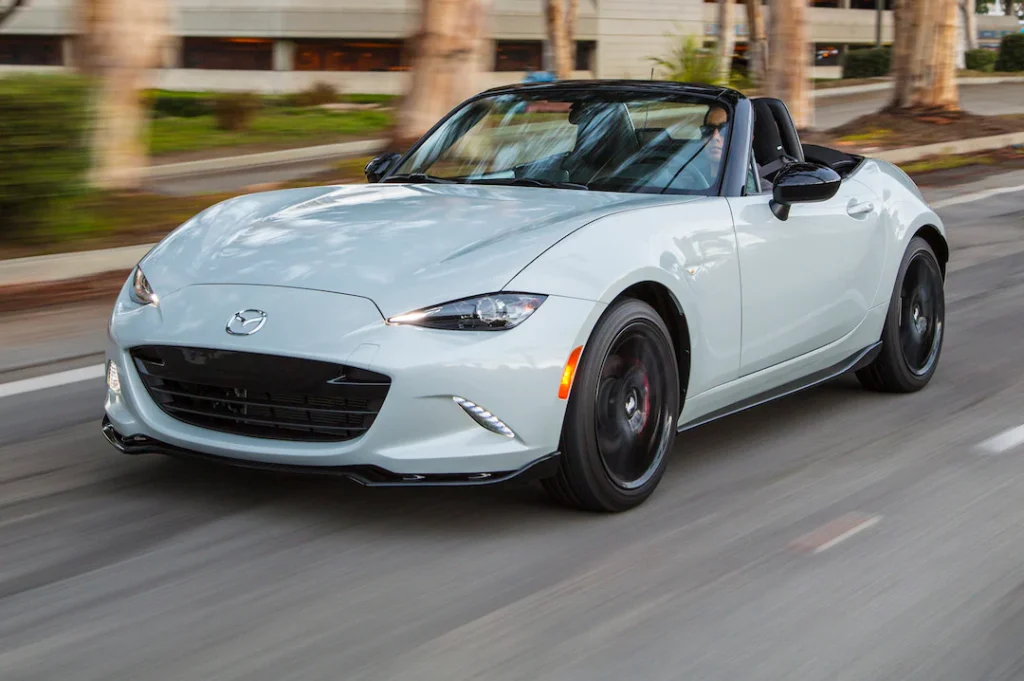
Combined with low running costs, the Miata offers a compelling package of value and driving excitement.
With the ND generation, Mazda seems to have nailed the balance between affordability and performance, resulting in a vehicle that performs just as well on the track as it does on daily drives.
Mazda R360
In 1960, Mazda introduced its very first production car to the public: the R360. As stated by Mazda, the vehicle was created to attract the growing number of individuals in Japan who aspired to own a car but found the models from other automakers at the time too expensive.
By leveraging advancements in manufacturing efficiency, Mazda was able to keep production costs low and launch the R360 at a starting price of just 300,000 yen (around $2,500), significantly undercutting many of its competitors.
The R360 met the criteria established by the Japanese government for a kei car, a category of microcars that qualified for a 90% reduction in road tax compared to standard vehicles.

This made car ownership feasible for families who previously couldn’t afford it, thereby unlocking a whole new customer base. Due to the kei car regulations, the R360 had to be compact—Classic and Sports Car reports its dimensions as only 10 feet in length and 4 feet 2 inches in width.
Despite its modest size, the impact of the R360 would prove substantial, laying the foundation for more than sixty years of Mazda’s continued production of passenger vehicles.
Mazda Autozam AZ-1
During Japan’s economic boom in the 1980s and 1990s, Mazda took the opportunity to launch a number of sub-brands aimed at producing vehicles that didn’t quite fit within its core lineup.
One of those sub-brands was Autozam, which specialized in compact and kei-class cars, many of which were developed in collaboration with fellow Japanese automaker Suzuki.
The AZ-1 was a result of this partnership—it was constructed by Suzuki but designed by the same internal Mazda team that brought the MX-5 Miata to life.
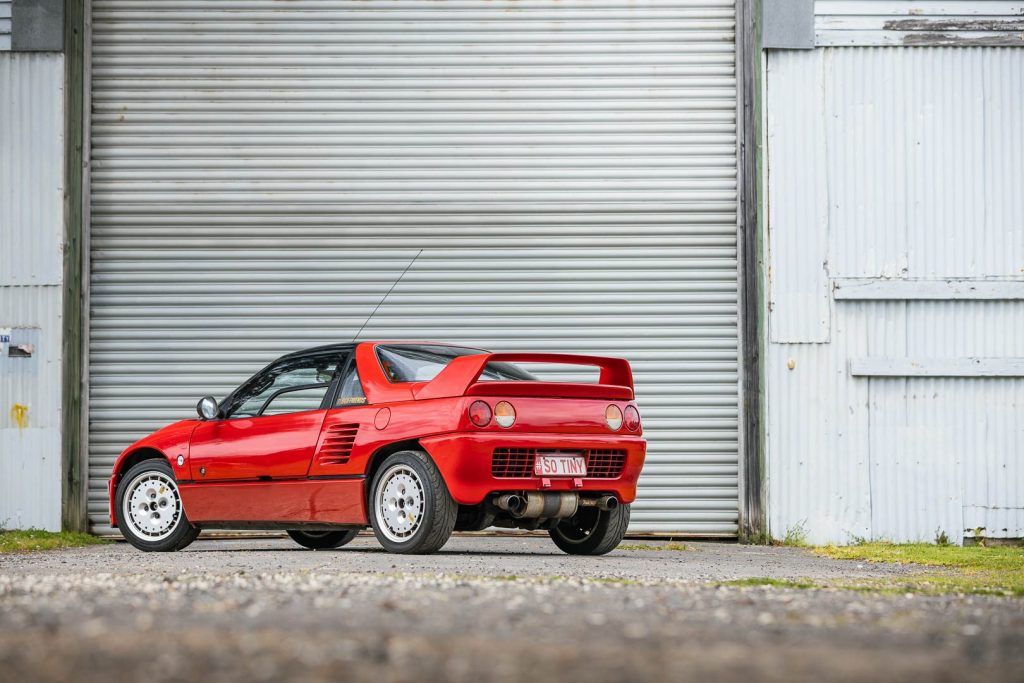
To comply with kei car regulations, the AZ-1 was equipped with a 657cc engine producing 63 horsepower. Yet despite its modest output, Top Gear notes that the AZ-1 was engineered with an emphasis on agile, sporty handling.
A passionate tuning community quickly formed around the AZ-1 in Japan, but it never managed to achieve broad commercial success. Only 4,392 units were sold before the model was quietly discontinued.
Decades later, the AZ-1 has become a cult favorite with a dedicated global fanbase, representing a time when Japanese automakers built cars purely for the joy of it—regardless of practicality.
Mazda RX-8
Following the much-loved Mazda RX-7 was always going to be a major challenge, and when the RX-8 finally debuted, it sparked debate about whether it could truly live up to its predecessor or compete with newer rivals.
Critics often highlighted its high fuel consumption and complex engineering, noting that the car’s signature rotary engine was, ironically, its biggest weakness. Struggling with slow sales throughout its life, the RX-8 was ultimately discontinued in 2010 with no replacement in sight.
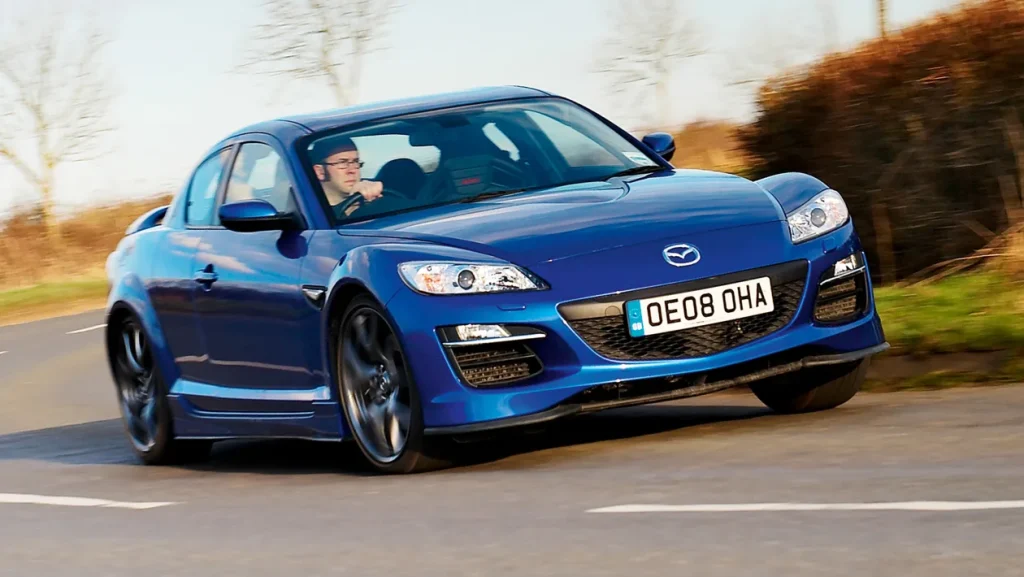
Despite its flaws, the RX-8 has gained appreciation over time, especially in the used car market where its prices have stayed relatively low due to its mixed reputation. Those who look past its inefficiencies will find a remarkably fun-to-drive sports car.
As Evo points out, it offers a thrillingly high redline, excellent chassis balance, and razor-sharp steering. While it may not hold the prestige of Mazda’s more iconic models, it stands as a future classic in its own right—and a worthy final chapter for the legendary Wankel rotary engine.
Mazda RX-7 (FD)
Among the most iconic JDM cars of its time, the RX-7 FD earned widespread recognition through its standout roles in the Fast and Furious film series and the Gran Turismo video games.
The car was an immediate success upon release, praised for its exceptional handling and rapid acceleration, both made possible by a cutting-edge twin-turbocharged rotary engine.
According to Top Gear, the power output differed depending on the market, with Japanese versions enjoying a slight horsepower advantage over export models.
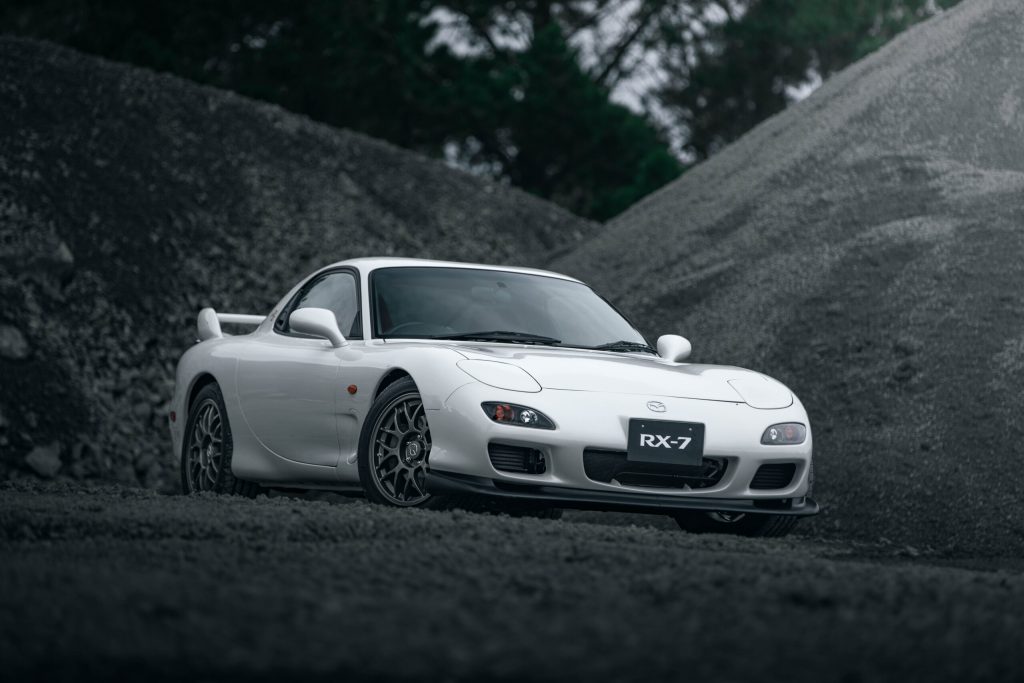
Over 70,000 units of the FD generation were sold, contributing to the more than 800,000 total RX-7s produced between 1978 and 2002. That impressive figure secures the RX-7’s status as the best-selling rotary-powered vehicle by a wide margin.
The FD model is widely regarded as the pinnacle of the RX-7 line, and its desirability has led to rising prices on the used market. That trend has been further fueled by the car’s notoriously high maintenance costs, which resulted in many being scrapped over the years.
Mazda Furai
Mazda introduced the striking Furai prototype in 2008 at the North American International Auto Show.
According to Mazda’s original press release, the concept car was created to represent the next step in the company’s evolving Nagare design philosophy, while also highlighting the potential future of its combustion engine technology.
Its sweeping, aerodynamic lines were inspired by an American Le Mans Series (ALMS) race car, and it even shared the same chassis that Mazda had previously used in the series.
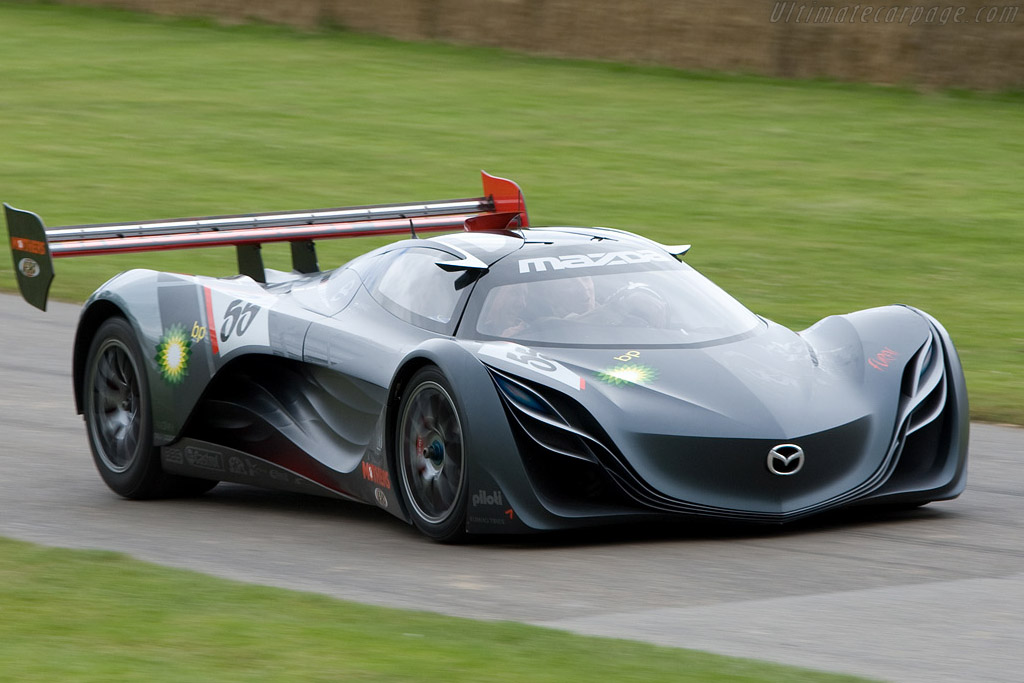
The Furai attracted significant media attention for both its radical design and its ethanol-fueled three-rotor rotary engine.
But shortly after that, the car vanished from the public eye, and Mazda declined to comment on its whereabouts or issue any official update.
Five years later, Top Gear revealed the truth: during a test session with one of their journalists, the Furai caught fire and was completely destroyed before emergency crews could reach it. The scorched remains were collected by Mazda, and what became of them has never been publicly disclosed.
Mazda Eunos Cosmo
In addition to Autozam, another sub-brand born out of Japan’s booming economy in the 1980s was Eunos—Mazda’s venture into premium sports cars and grand tourers.
Among its standout offerings was the Eunos Cosmo, a grand tourer that prioritized advanced technology. Notably, it was the first production car ever to be equipped with a built-in GPS navigation system. It also featured a color touchscreen in the center console, a rarity during that era.
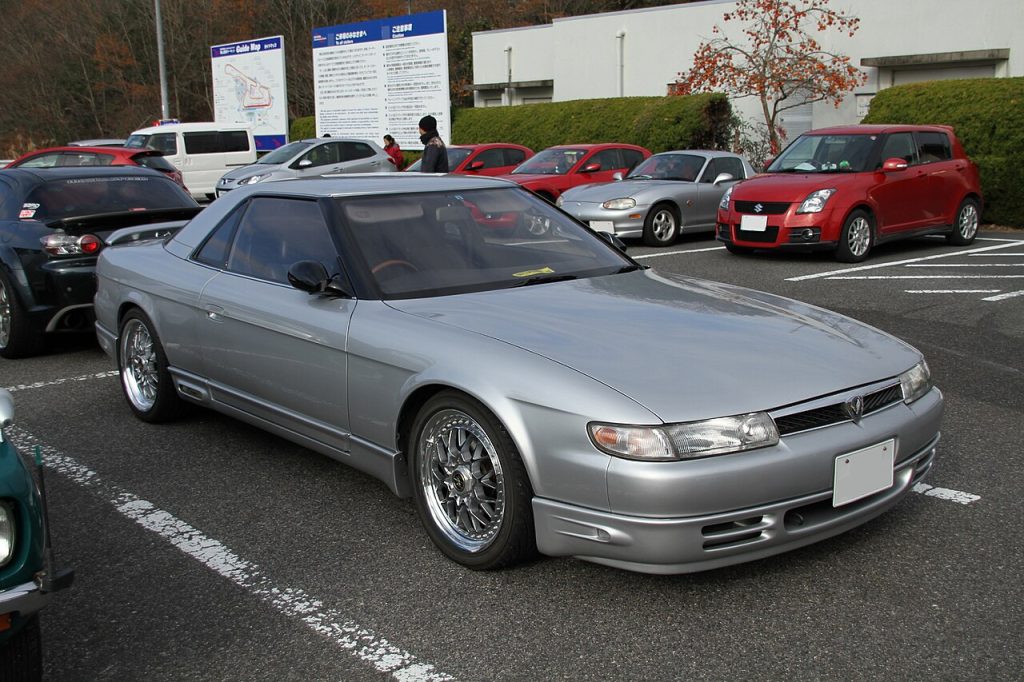
The Eunos Cosmo was further distinguished as the world’s first—and still the only—production car to use a three-rotor rotary engine. When it launched in 1990, Mazda claimed it housed the most powerful engine produced in Japan at the time.
Despite its technological achievements and performance capabilities, the car struggled in the marketplace. According to Pistonheads, only 8,853 units were produced, with the vast majority sold within Japan. As a result, it remains a rare sight outside its home country.
Mazda 323 GTX
While Mazda may not have the same rallying pedigree as Subaru or Mitsubishi, there was a moment in the late 1980s when it made a serious effort in the World Rally Championship. That effort came in the form of the 323 GTX, which was entered into the Group A class.
Though its 1.6L engine was smaller and less powerful than many of its 2.0L rivals, the car proved its worth. It scored a victory in 1987 and followed that up with two more rally wins in 1989.
To satisfy homologation requirements, Mazda also produced a street-legal version of the 323 GTX. This model incorporated many of the same components as the rally car, though its engine was dialed back to 132 horsepower—about 120 horsepower less than the competition version.
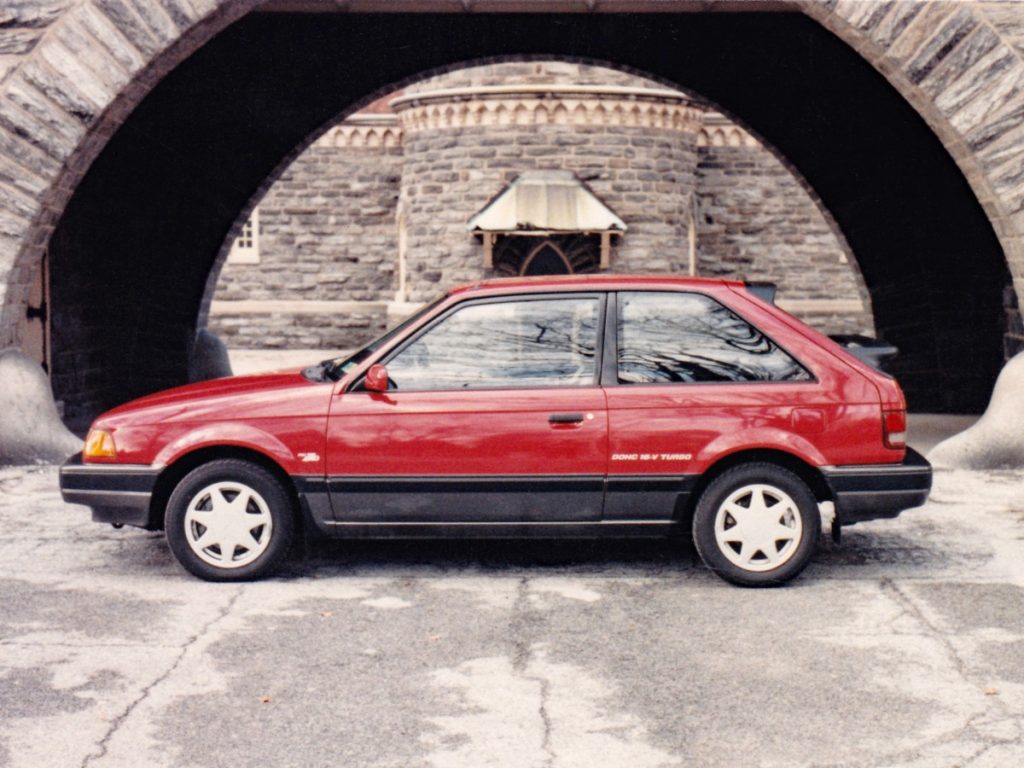
As reported by Hagerty, the production 323 GTX featured all-wheel drive with a lockable differential, paired with a five-speed manual transmission.
The car didn’t just shine in the WRC; it also found success stateside. In 1988, Rod Millen won the SCCA Pro Rally Championship driving a 323 GTX that was reportedly 90 percent stock straight from the showroom floor.

